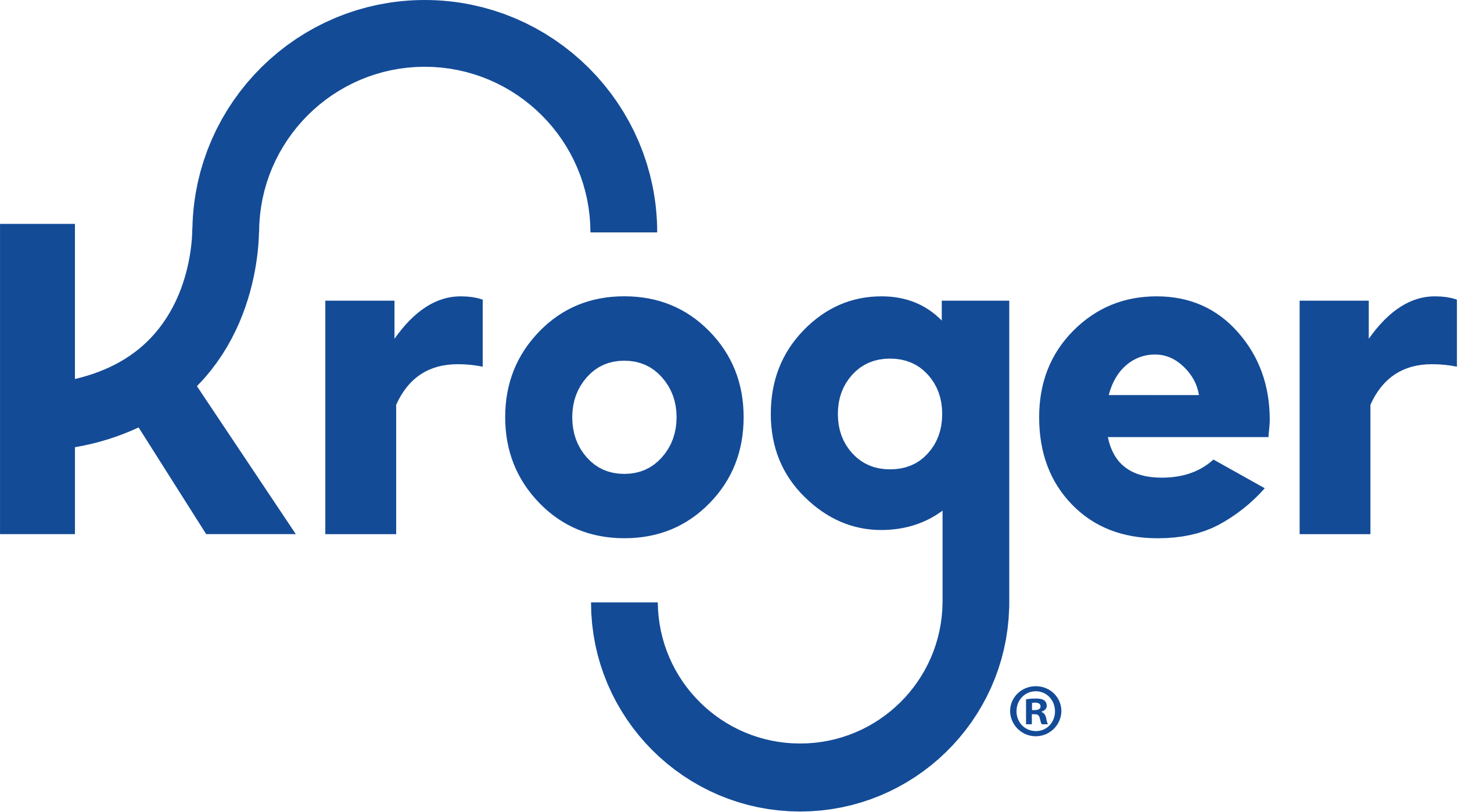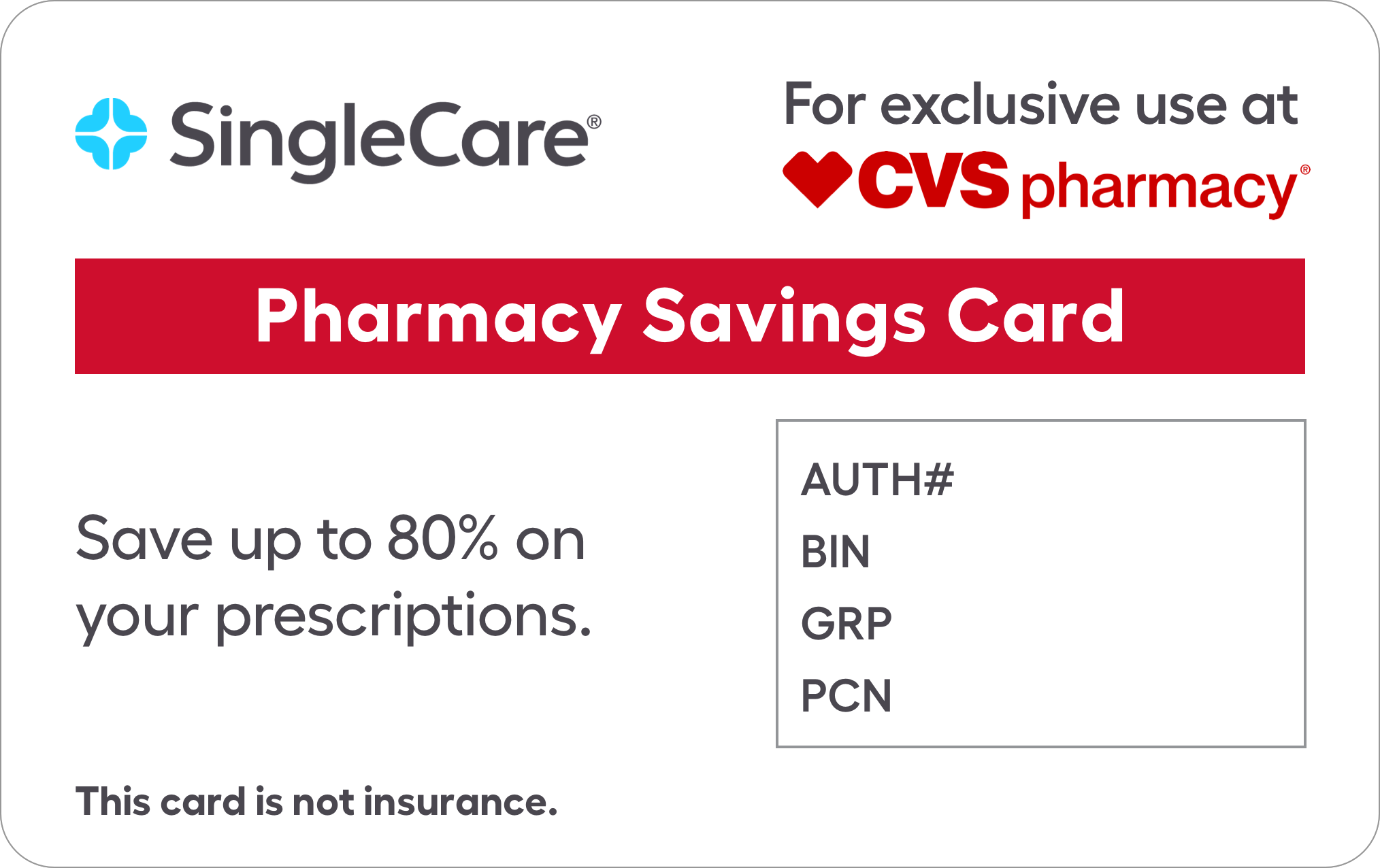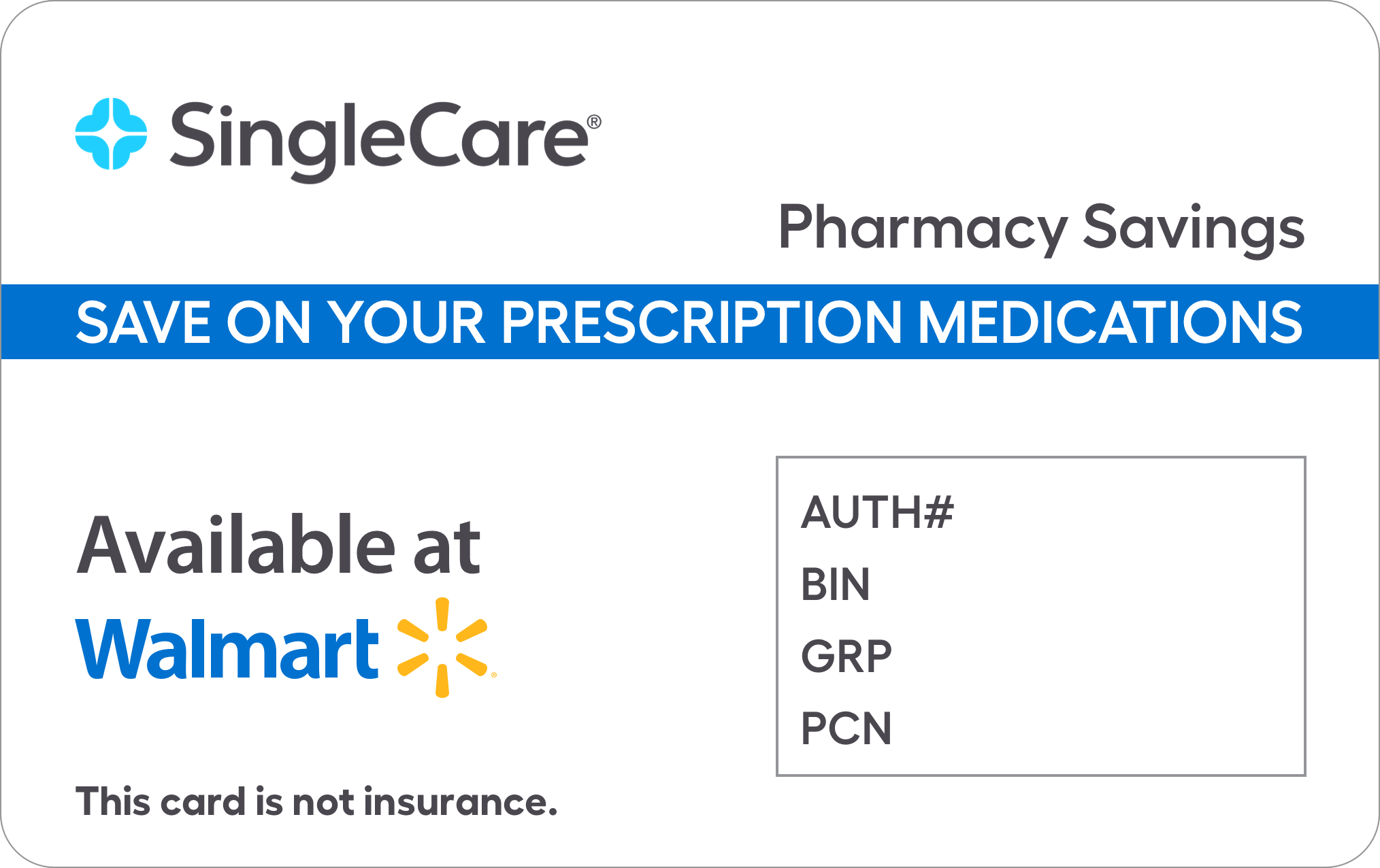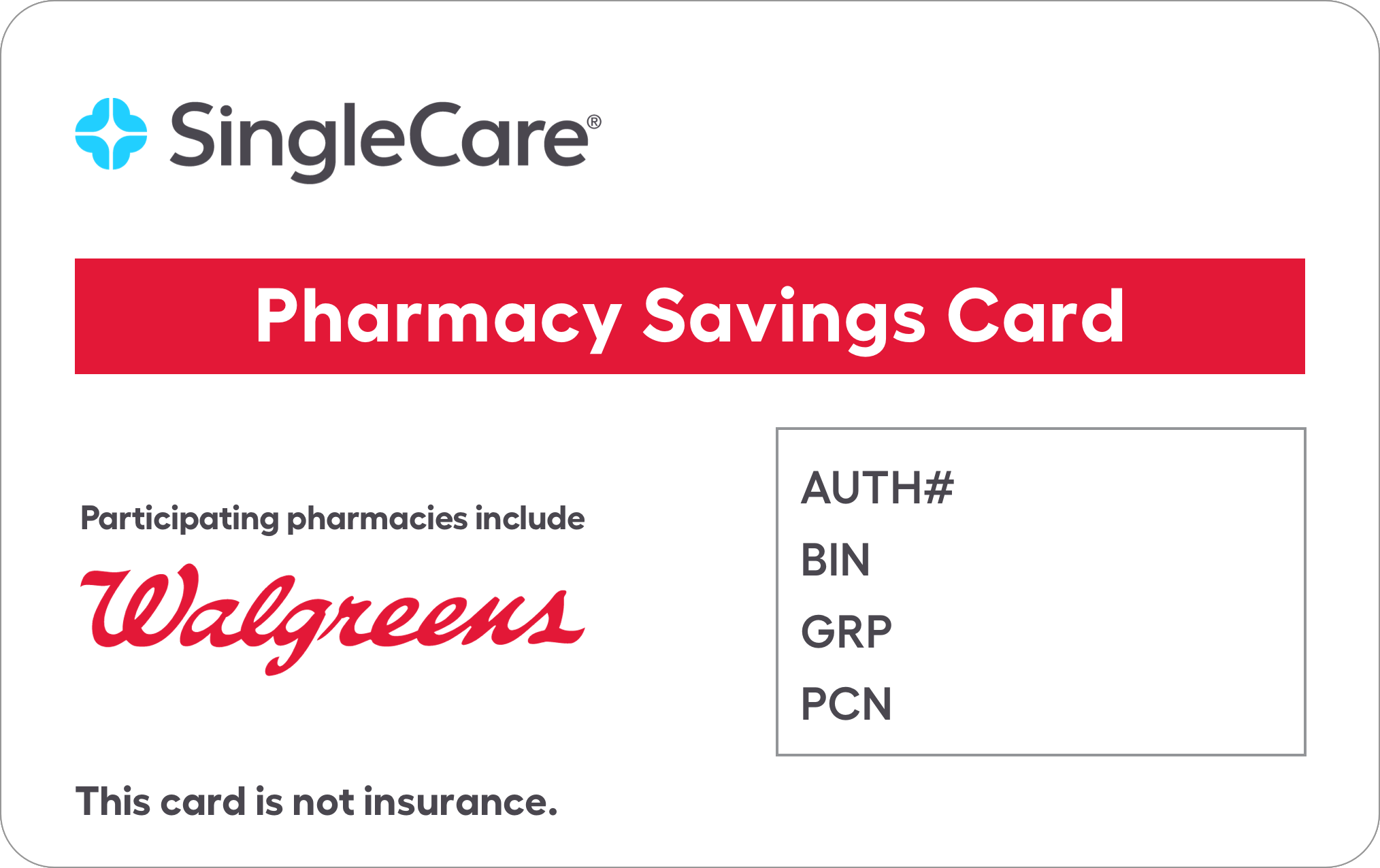Pain Information & Discounts
Save on Pain medications with the free discounts below.
Pain is a sensation triggered by our nervous systems to indicate possible danger or injury. This sensation is normal for humans to experience, however, severe acute pain and chronic pain may in some cases be managed medically. Common chronic pain comes in the form of arthritis pain, headache, back pain, cancer pain, hip pain, knee pain and migraines. This pain and other pain can be managed through pain treatments like prescription drug therapy with pain medications (a.k.a. pain killers), physical therapy and psychotherapy. Read on to learn more about pain management and view our pain medication list below. We also offer free coupons and discounts on many pain medications that can save you up to 75% off your prescription costs.
Related Pain Drug Discounts
Search our Discount Database for 50,000+ Other Rx Discounts
browse drugs (A-Z):
Pain Information & Discounts
What is pain?
Pain is the uncomfortable sensation that accompanies or results from tissue damage or nerve firing. It is one of the most common symptoms in many medical conditions and can greatly reduce a person’s quality of life. Due to the variety of pain intensities and patterns, a pain classification method has been developed. This classification method segments pain by the regions of the body that the pain affects, the system that causes the pain, the duration and pattern of the pain, the intensity since onset and the root cause of the pain. Other classifications have arisen to distinguish between different types of pain also.
Primarily, pain can be divided into acute pain which can last only a moment and chronic pain which persists for longer than 3 months. Additionally, unrelieved acute pain can lead to chronic pain and chronic pain can linger after an acute pain attack subsides. In most cases though, chronic pain does not last longer than 6 months. Pain can attack many parts of the human body and can be caused by a wide variety of medical conditions or stimuli. Some causes of pain are pinched nerves, injury, surgery, burns, medical conditions and more. Chronic pain can be caused by a wide variety of sources also including: diseases, excessive strain, improper posture, degenerative conditions and more. In some cases, chronic pain can develop out of seemingly no physical causes and could be related to psychological issues or conditions.
Treatment for pain can come through drug therapy, psychotherapy and rehabilitative therapy. Often multiple treatment types are pursued to alleviate and manage pain. Over-the-counter pain medications are often used to treat mild to moderate acute or chronic pain but sufferers should consider the additional treatment options that are now available.
What are some common pain conditions?
Common pain conditions include many conditions that most Americans experience at some point in their lives. However, some chronic pain conditions are rarer and require a medical treatment regimen to treat and manage.
- Low Back Pain
- Severe Headache or Migraine
- Neck Pain
- Facial Ache
- Leg Pain
- Neck Pain
- Shoulder Pain
- Arthritis Pain
- Nerve Pain
- Cancer Pain
- Fibromyalgia
- Phantom Limb Pain
- Joint Pain
How can I manage and treat my pain?
Modern medical treatments are available in a wide variety of forms for common pain. These include over-the-counter drugs, alternative techniques, psychotherapy and more. Combination therapy is often pursued for pain that is not responsive to typical treatment regimens. Get more information about the specific treatment types below.
Drug Therapy
Drug therapy through prescription and non-prescription pain medications can allow sufferers to cope with or alleviate their pain. Categorized as analgesics (also known as pain killers) and anesthetics, these pain relievers either provide relief from pain or eliminate pain sensation. These types of pain medications are often the first recommended step in drug therapy.
Over-the-counter pain medications are often helpful for mild to moderate acute pain treatment. The most common forms of pain pills are acetaminophen and nonsteroidical anti-inflammatory drugs (NSAIDs). A common acetaminophen drug is Tylenol. Common NSAIDs are Aleve and Aspirin. These medications provide relief for most muscles and can also reduce inflammation.
If traditional over-the-counter medications are not effective for a sufferer’s pain management, prescription pain medications can be prescribed. These prescription medications can come in the form of muscle relaxers, prescription NSAIDs and stronger analgesics (pain killers.) Steroid injections are also available and are prescribed in some cases. Common prescription medications include: Codeine, Vicodin and Fentanyl.
Physical Therapy
Physical therapy is guided by a physical therapist that develops a therapy program to rehabilitate a person. This therapy is aimed to aide in mobility, pain relief and functional ability. Based on the physical therapist’s diagnosis, treatment including: manipulation, exercise, education, stretching and more can be pursued in the physical therapy sessions. Physical therapy aims to improve mobility and functional ability but can also be aimed at relieving pain and improving quality of life.
Psychotherapy
Psychotherapy and psychological treatment can treat pain by relieving stress that can cause pain sensations as well as allow sufferers better coping mechanisms to manage their pain. Often used in combination therapy for chronic pain, psychotherapy can reduce pain aggravators and reduce pain intensity. Clinical hypnosis has also been shown to be effective in helping sufferers manage pain. Studies into clinical hypnosis have shown benefits to the management of chronic pain but additional studies need to be conducted to further establish its effectiveness.
Other Treatments
Other treatments for pain include alternative medicine, regular exercise, nutritional supplements and dietary approaches. Common alternative medicine treatments for pain include: acupuncture and herbal remedies. Regular exercise can diminish pain over time due to improved strength, flexibility and muscle tone.
What are the different types of pain medications?
Non-steroidal Anti-inflammatory Drugs (NSAIDs)
NSAIDs are a class of drug that are categorized as analgesics (pain killers). These drugs also provide anti-inflammatory and fever-reducing effects at certain doses. Common NSAIDs include Aspirin, Ibuprofen and Aleve. These types of drugs are primarily used to treat acute and chronic pain as well as inflammation. Common conditions treated by NSAIDs include: headache and migraine, arthritis, inflammation, fever, gout and bone pain. The most prominent side effects include gastrointestinal irritation and kidney (renal) effects.
Muscle Relaxants
Muscle relaxants can be categorized into 2 classes. The primary class of muscle relaxants used to treat pain is Spasmolytics. Spasmolytic drugs suppress muscle spasms that can cause discomfort and pain. These drugs are often prescribed for the most common pain condition, low back pain, and are also prescribed for neck pain and fibromyalgia. They often come in the form of pain pills but other delivery methods are available. Dizziness and drowsiness are prominent side effects for this class of drugs.
Steroid Injections
Steroid injections are often paired with anesthetics to treat specific areas of pain. Most often used for muscle pain, steroid injections can relieve knots in muscles that develop out of muscle tension. In some cases, steroid injections are used to treat more chronic pain conditions.
What are the symptoms of pain?
The symptoms of pain include discomfort across varying degrees in various areas of the body. Intensities vary from mild, dull, sharp and severe and can be debilitating. Acute pain and chronic pain can be experienced and breakthrough pain is often reported during treatment of chronic pain. Unpleasant sensations of pain can be experience in the back, stomach, neck, legs, face, arms, shoulders and other susceptible areas of the body.
Pain Drug Information
Acetaminophen Information
This drug is a combination of acetaminophen, a common pain reliever and fever reducer, and codeine, an opiate used as an analgesic. This pain medication is used to treat pain and requires a prescription. Possible side effects of Acetaminophen-Codeine are hives, difficulty or shallow breathing, dizziness, confusion and nausea. The combination of acetaminophen, a common analgesic, and an opiate analgesic allows for treatment of pain for sufferers that cannot take NSAIDs due to liver or heart issues or whose pain has not responded to NSAIDs. Discounts are available on Acetaminophen-Codeine through our free coupons or free discount card. Claim your free discount below.
Hydrocortisone Information
Hydrocortisone is commonly used to treat pain conditions including arthritis. However, hydrocortisone is also commonly used to treat severe allergies, breathing problems and skin and eye conditions. Available with or without a prescription, hydrocortisone can be used in topical or oral form. Primary side effects include upset stomach, skin rash, swelling, headache and dizziness. Ask your pharmacist or doctor for additional information. Also, check our site for hydrocortisone pain medication discounts and free discount card.
Vicodin Information
Vicodin is a brand name for the combination drug acetaminophen hydrocodone. Acetaminophen is an analgesic that is a less potent pain reliever and is available over-the-counter. Hydrocodone is an opioid that provides analgesic effects. Vicodin can be used to treat moderate and severe pain. Primary side effects include shallow breathing, light-headedness, seizure and confusion. Consult with your doctor for more information about Vicodin or acetaminophen hydrocodone. Also, check our site for free Vicodin discounts and coupons to save on your prescription costs.
Our cardholders have saved
$1,000,000,000






















